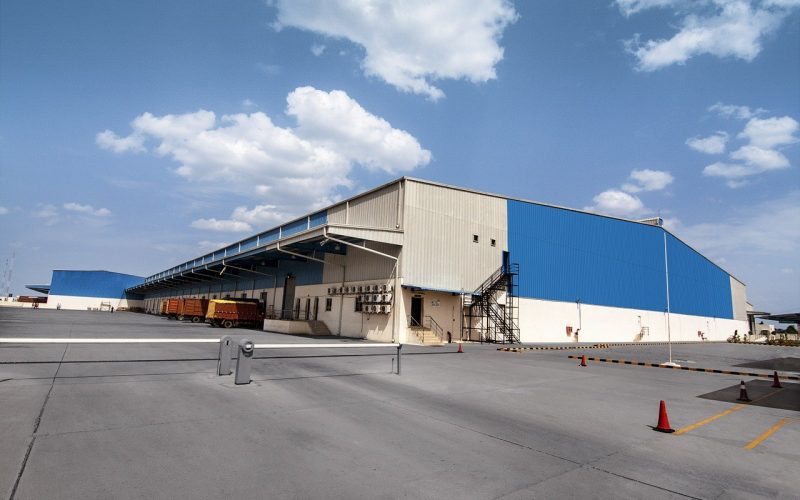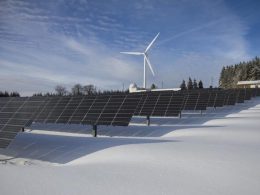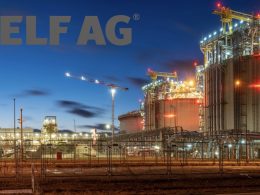Guide to Cold Storage Construction
A cold room, as the name implies it is a distinct type of room where very low temperatures are constantly always maintained. Cold storage rooms are designed to keep perishable products and other temperature-sensitive products at a standard room temperature by controlling the humidity level to help extend the shelf life of the products. Used for various purposes across different industries, the global cold storage market valuation is set to surpass USD 260 billion by 2027.
Designing a cold storage building requires maximum attention to detail and a collaborative structured team having relevant experience in cold storage construction. Typically, determining the construction type and cold storage design plays a critical role in how the building can be insulated and cooled. “When designing and constructing a cold storage facility, there are a wide range of factors that need to be taken into account”, according to Apollo Projects, an NZ-based design and build firm that specialises in producing cold storage facilities. “However, with the right team of experts working in sync together on a project, you can create a highly efficient space”, they added.
Characteristics of cold storage construction
Cold storage features rigid insulation, sealing, rugged and frost resistance to ensure the best quality of the building. An excellent cold storage room creates the right room temperature for storing fruits and vegetables and other perishable products. Having a poorly constructed cold storage room can lead to detrimental problems in the future.
A new cold storage construction facility can be constructed using insulated metal panels, insulated concrete, or a combination of the two. Also, you can convert a dry warehouse to a freezer or cooler by installing insulated metal panels inside the walls.
In the context of cold storage construction, where efficient and safe storage is paramount, the transportation of bulky items, such as insulated panels and refrigeration equipment, is a critical aspect, and services like bulky item transport play a vital role in ensuring these components are delivered safely and on time.
9 important cold storage efficiency tips
Practise regular cleanness
Maintaining a clean working and storage environment in a cold storage room is critical, especially with food products. You should clean the room regularly to avoid bacteria growth and minimise the possibility of water accumulating and stagnating. Failure to clean your cold storage unit can hinder its efficiency.
Consider the door designs and seals
It is essential to ensure your condenser units have good quality door designs and seals to minimise the loss of refrigerated air. It is hard to replace the refrigerated air, and it drives up the level of power consumption. Therefore, for reliable performance, invest in the right door and seals designs that are adequate.
Install the appropriate insulation
If the insulation goes wrong, it can lead to condensation, rotting, and mouldy walls. Have the right thickness of insulation helps to keep temperatures at the optimum level. It also helps maintain the moisture from moving to the wood structure, preventing water from leaking from the ceiling. Failure to use the proper insulation can result in serious issues that require reconstruction to be fixed, causing unnecessary expenditures.
Add ventilation systems
Ventilation systems control humidity by maintaining air circulation, preventing a vacuum effect that occurs inside the cold storage, and maintaining adequate temperatures. If ventilation and openings are insufficient, the cold storage room will lack sufficient airflow and have increased humidity, making it a perfect space for mould to grow.
Install floor heating systems
Ideally, it is ideal for adding heat to an environment where it’s ordinarily unwanted since the heat helps dry the floor after cleaning. It’s observed that leftover moisture in a cold storage facility where food is stored or processed can attract bacteria, putting the food and other products at risk.
Regularly examine the condition of the building
Check for faulty roofing and cracked walls as they can affect your cold storage system by allowing cool air out of the room. Regular checks and repairs enable the condenser unit to maintain and control the optimum room temperature and ensure that the cold storage facility performs as expected.
Install the appropriate lighting system
You can reduce part of your general costs by using the appropriate lighting in your cold storage building. Good lighting helps minimise energy consumption in the condensation unit. Therefore, instead of installing floodlights that consume up to 400 Watts, you can opt for LED lights that are a more practical alternative. It consumes an average of 120 to 150 Watts, helping you save on your energy consumption costs.
Consider the floor space
To maintain low energy costs for your cold storage room, ensure that the hard storage space is enhanced as early as possible. Large-scale cold storage facilities can have the racking, the most popular form of scold storage for such capacities. It would be best to consider the storage density since the cold goods can also assist in keeping closer products cold, hence reducing the general energy costs.
Monitor the inside temperature
By constantly keeping an eye on the temperature of the cold storage facility, you will easily identify when to call in a consultant. It’s always recommended to check the temperatures regularly to detect possible cooling system issues early easily.
Parting words
Various cold storage constructions come in an array of uses, sizes, layouts, and construction methods. You can consider the above tips and put them into practice to have an efficient cold storage design. With the advanced technology today, cold room facilities are improving in all aspects. Save on time, money, and energy by constructing the best cold storage building.









